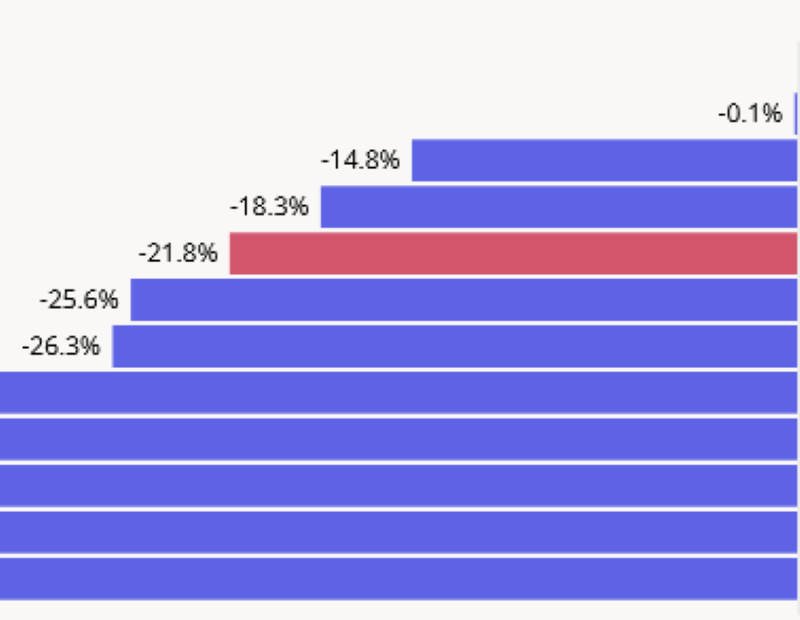Coworking’s Growing Place in Business
Corporations’ increasing need for short-term and flexible space is driving greater demand.

As a sociology fan, I find it interesting to observe patterns of adaptation in business as well as society. Historically, individuals have had to adapt to business much more than the other way around (with the obvious exception of larger social movements like campaigns for workplace protection laws).
More recently, business has become more sensitive to the workplace preferences of large incoming generations, notably Millennials and Gen Z, which have bucked previous generations’ willingness to just fit in. But the shifts in how and where work is conducted have been much more significant in the past few years, as individuals and companies alike have responded to the necessities and flexibilities brought on by the pandemic.
The coworking sector has been a big beneficiary of this more recent shift, and its continued ability to adapt is expected to result in even greater expansion. The industry will nearly triple by 2028, according to CommercialEdge projections, to $37.4 billion from $14.3 billion last year. What’s more, it’s likely to become a much more significant player in the office space, comprising 30 percent of all office inventory by 2030, up from just 2 percent currently.
That’s a mindboggling change, which couldn’t come just from individuals striving to get out of their homes without commuting to an established office or working as independent contractors. In fact, the relatively small but growing number of large corporations requiring workers to spend more time in their established offices would seem to put at least some limitations on that growth. However, increasingly, corporations themselves are making use of coworking space to establish satellite and shorter-term locations, as Jordan Mann discusses in this month’s feature article, “Coworking’s the New Satellite Office.”
So-called enterprise users have become more comfortable with this option as coworking providers have coordinated with them to set up dedicated sections, complete with corporate branding and input into how the space is organized. So while such usage won’t replace the traditional (and generally less expensive) lease, Savills Vice Chairman Gabe Marans told Mann, it can be a valuable addition to the corporate officing strategy.
For office-building owners grappling with smaller traditional leases and competition from better-located or newer properties, the growing presence of coworking facilities represents another leasing opportunity, and one that could make the asset more attractive to other tenants. It isn’t the answer for every vacant space, but it offers possibilities.
And it’s likely to offer more possibilities as businesses and their workers continue to evolve in their use of space.








You must be logged in to post a comment.